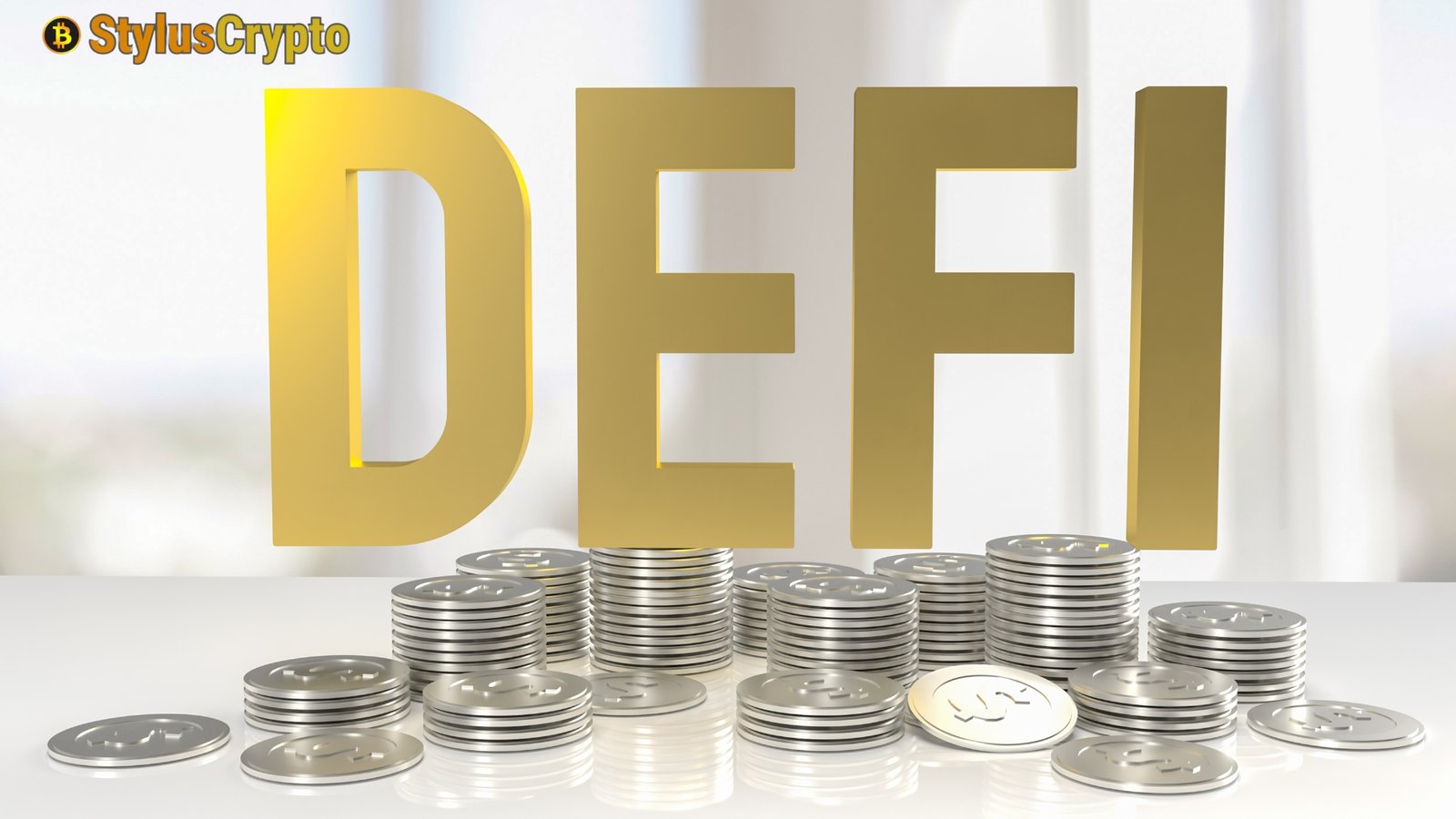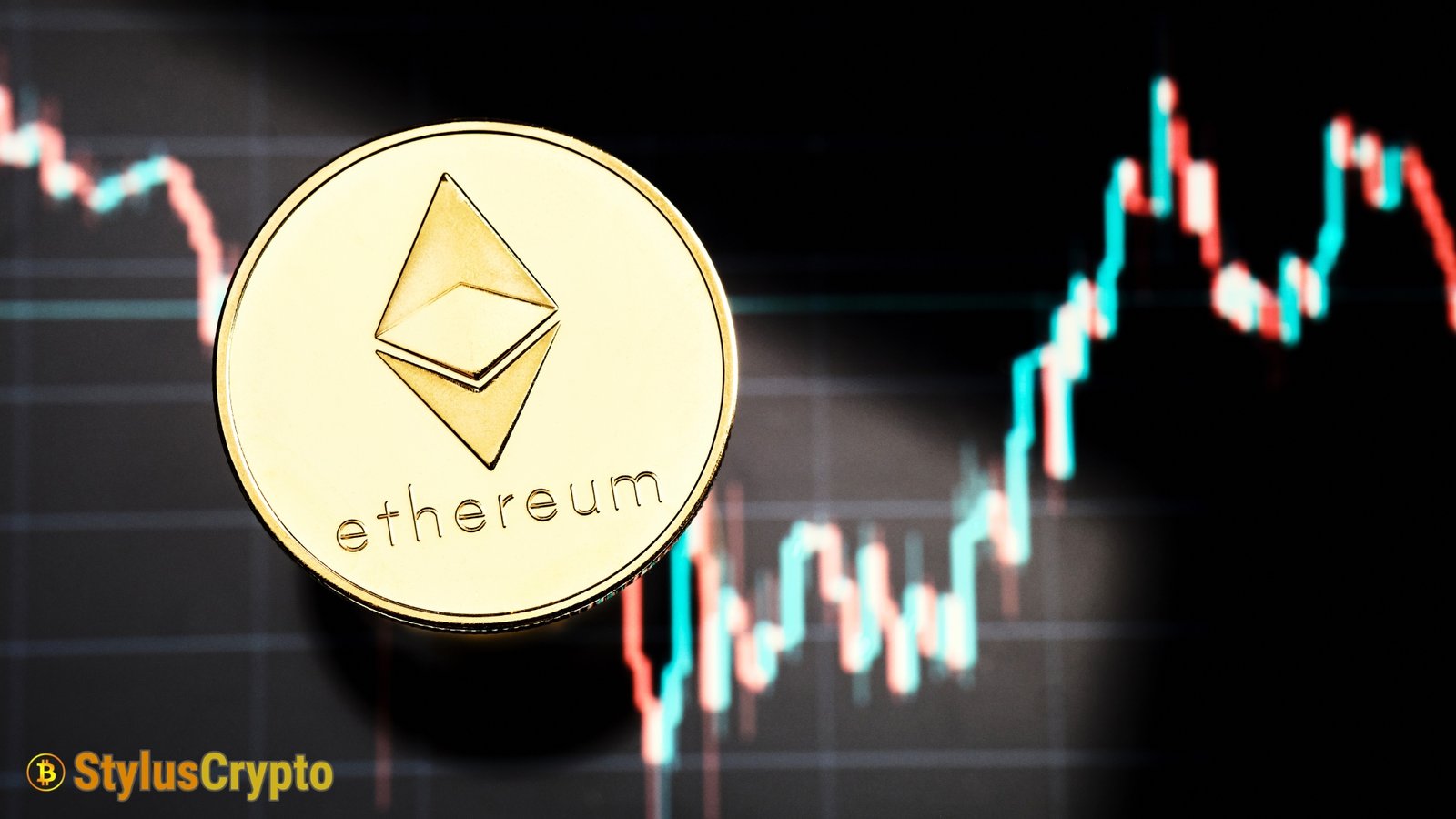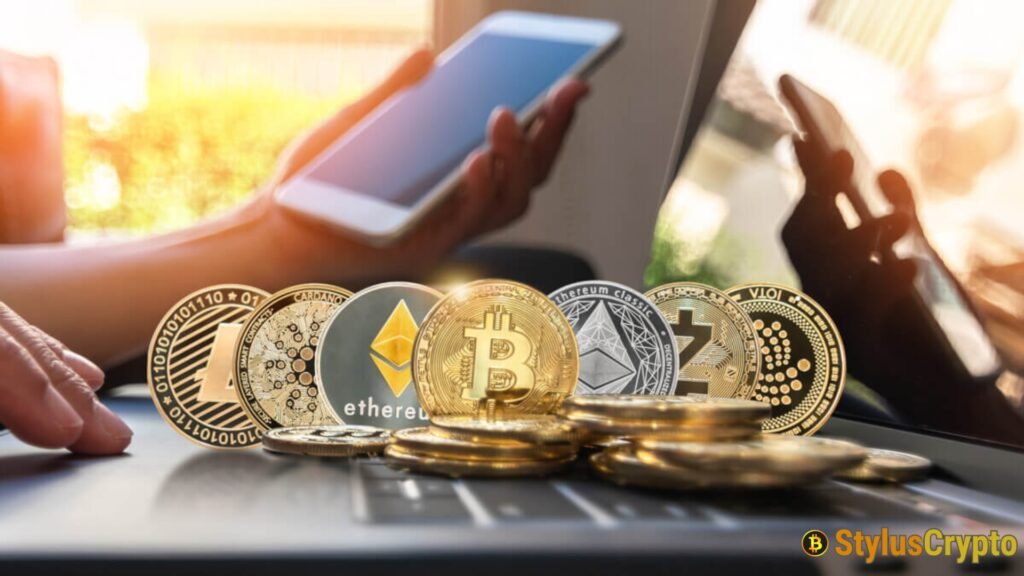Make Money with (DeFi): Using blockchain technology to establish a decentralized and transparent financial system, DeFi, short for “Decentralized Finance,” is revolutionizing the financial industry. There was a time when only brick-and-mortar banks and other large financial organizations could provide banking services. Anybody with an internet connection can use DeFi to bypass intermediaries and have access to a wealth of financial services. But what is DeFi, and how can one make money in this growing industry?
Understanding DeFi (Decentralized Finance)
Definition of DeFi

Decentralized Finance, or “DeFi” for short, is an umbrella term for many financial services that use blockchain protocols. Innovative contracts power DeFi’s decentralized network, contrasting with more conventional monetary systems using banks and other centralized intermediaries. Thanks to these smart contracts, there is no longer any requirement for a reliable third party to automate or enforce the rules of financial transactions.
How DeFi Differs from Traditional Finance
Traditional finance’s reliance on central bodies to oversee and regulate financial transactions is exFinance’s result in inefficiencies, excessive costs, and restricted accessibility. In contrast, DeFi builds a decentralised, open, and trustworthy financial ecosystem utilizing blockchain technology, eliminating intermediaries altogether. The results are reduced fees, quicker transactions, and expanded access to financial services.
History and Evolution of DeFi
Early Beginnings
DeFi initially originated with the founding of the first decentralized cryptocurrency, Bitcoin. The rise of Bitcoin showcased how blockchain technology can shake up established banking systems. But the real foundation for DeFi was laid in 2015 with the debut of Ethereum and its programmable smart contracts.
Key Milestones
Since Ethereum’s introduction, the DeFi space has experienced tremendous growth and innovation. Important turning points include the maturation of yield farming, the establishment of numerous lending and borrowing platforms, and the development of decentralized exchanges (DEXs). Because of the increasing confidence and use of decentralized financial services, the total value locked (TVL) in DeFi protocols has skyrocketed.
Key Components of DeFi
Smart Contracts
Smart contracts are agreements whose terms are encoded into code and can execute themselves. They allow for automated and trustless financial transactions, the foundation of DeFi. Blockchain networks enable intelligent contracts to function, guaranteeing security and transparency.
Decentralized Applications (DApps)
Decentralized apps, or DApps, operate on blockchain platforms like Ethereum and use smart contracts. Without intermediaries, they offer a wide range of financial services, including lending, borrowing, trading, and more.
Decentralized Exchanges (DEXs)
Decentralized exchanges (DEXs) allow users to trade cryptocurrencies directly with one another, bypassing the need for a middleman. They run on smart contracts, which guarantee transparent and secure trade execution. Uniswap, PancakeSwap, and SushiSwap are a few of the popular DEXs.
Popular DeFi Platforms
Ethereum

Ethereum has become the de facto standard for DeFi apps on the blockchain. Many DeFi projects have been built on top of it due to its vast developer community and robust, intelligent contract features.
Binance Smart Chain
Binance Smart Chain (BSC) is a high-performance, low-cost alternative to Ethereum. Due to its scalability and lower transaction fees, it has quickly become a popular choice for DeFi projects.
Solana
Solana is an excellent platform for DeFi apps because of its fast and cheap transactions. Several DeFi initiatives that take advantage of its lightning-fast blockchain are part of its expanding ecosystem.
Also Read: In DeFi, How May NFTs Be Put To Use?
Ways to Make Money with DeFi
Yield Farming
To engage in yield farming, one must supply DeFi protocols with liquidity in return for rewards. Users can earn interest or more tokens by adding their assets to liquidity pools. Although there are potential rewards, there are also hazards associated with yield farming, such as temporary loss.
Staking
Staking involves locking up your cryptocurrency in a DeFi protocol to support its operations and earn rewards. It is similar to earning interest on a savings account but with potentially higher returns.
Lending and Borrowing
DeFi platforms enable users to lend their assets to others and earn interest. Borrowers can access funds without going through traditional credit checks. Platforms like Aave and Compound facilitate decentralized lending and borrowing.
Liquidity Mining
Liquidity mining rewards users for providing liquidity to decentralized exchanges (DEXs). Users earn tokens as an incentive for contributing to the liquidity pool, which helps maintain the platform’s operations.
Trading on DEXs
Trading on decentralized exchanges can be profitable, especially for those who can identify market trends and make timely trades. DEXs offer a wide range of trading pairs and lower fees than centralized exchanges.
Participating in DeFi Protocols
Engaging with various DeFi protocols can provide opportunities to earn rewards. This can include participating in governance, staking tokens, or providing liquidity to new projects.
Benefits of DeFi
Accessibility
DeFi provides financial services to anyone with an internet connection, regardless of location or socioeconomic status. This inclusivity is one of the main advantages of decentralized finance.
Transparency
All refinances on DeFi platforms are recorded on the blockchain, ensuring transparency and accountability. Users can verify transactions and track the movement of funds in real time.
Security
DeFi platforms leverage blockchain technology to secure transactions and protect user assets. While security vulnerabilities exist, the decentralized nature of these platforms reduces the risk of single points of failure.
Challenges and Risks of DeFi
Security Vulnerabilities
Despite the security advantages of blockchain, DeFi platforms are not immune to hacks and exploits. Intelligent contract vulnerabilities and other security issues can lead to significant financial losses.
Regulatory Concerns
The regulatory landscape for DeFi is still evolving. Governments and regulatory bodies are grappling with how to oversee and regulate decentralized financial activities, which can create uncertainty for users and developers.
Market Volatility
The cryptocurrency market is known for its volatility, and DeFi is no exception. Prices of DeFi tokens can fluctuate dramatically, posing risks for investors and users.
Future of DeFi
Technological Advancements
Ongoing technological advancements, such as improvements in blockchain scalability and security, will continue to drive DeFi’s growth and development. Innovations like Layer 2 solutions and cross-chain interoperability are expected to enhance the DeFi ecosystem.
Wider Adoption
The more individuals learn about DeFi’s advantages, the more likely its use will grow. Its increasing integration with traditional banking and wider acceptability by mainstream financial institutions could further catapult DeFi into the mainstream.
Summary
By providing an alternative to centralized, opaque, and inaccessible financial systems, DeFi signifies a sea change in the financial sector. Using blockchain technology, DeFi makes it possible to conduct various financial transactions directly with customers, cutting out the intermediaries. There are many potential rewards in the DeFi industry, but there are also many dangers and difficulties. Being well-informed and cautious is essential for successfully navigating the realm of decentralized finance, as the Finance team is constantly changing.

